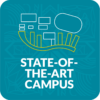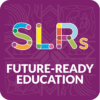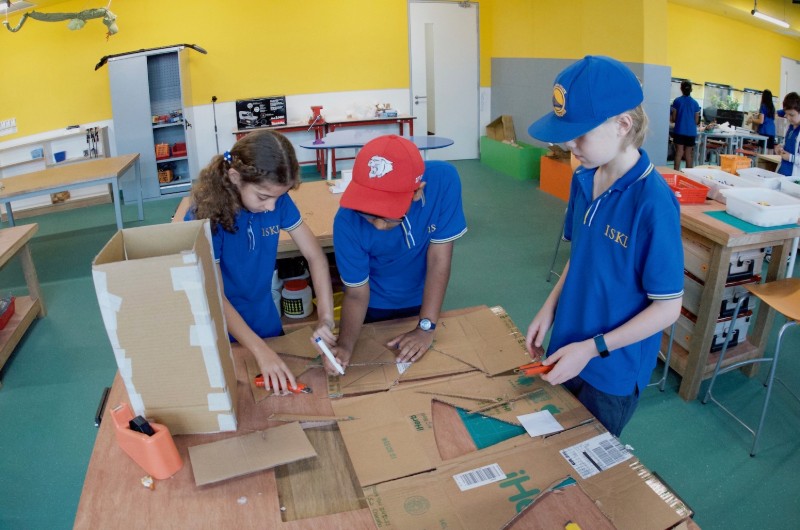
The transition to our Ampang campus presented a unique opportunity for ISKL to create learning spaces that offer flexibility, inspire ideas, and create opportunities for interaction and connectivity. Collaborative areas, makerspaces, and common spaces related to areas of study are all integral to the design of the campus as well as our inquiry-based curriculum.
ISKL’s Elementary School students are now benefiting from interactive lessons in unique “makerspaces” – constructive learning spaces which enable students to put thinking into action and experience real-world problem-solving. For example, skills learned in mathematics are put into practice in the makerspace when designing and measuring a model building or the study of weather patterns brought to life by creating rain gauges from recycled water bottles. These are providing invaluable learning experiences and the creativity and maturity of ideas from students when they experience hands-on learning that is integrated into the curriculum has been inspiring.
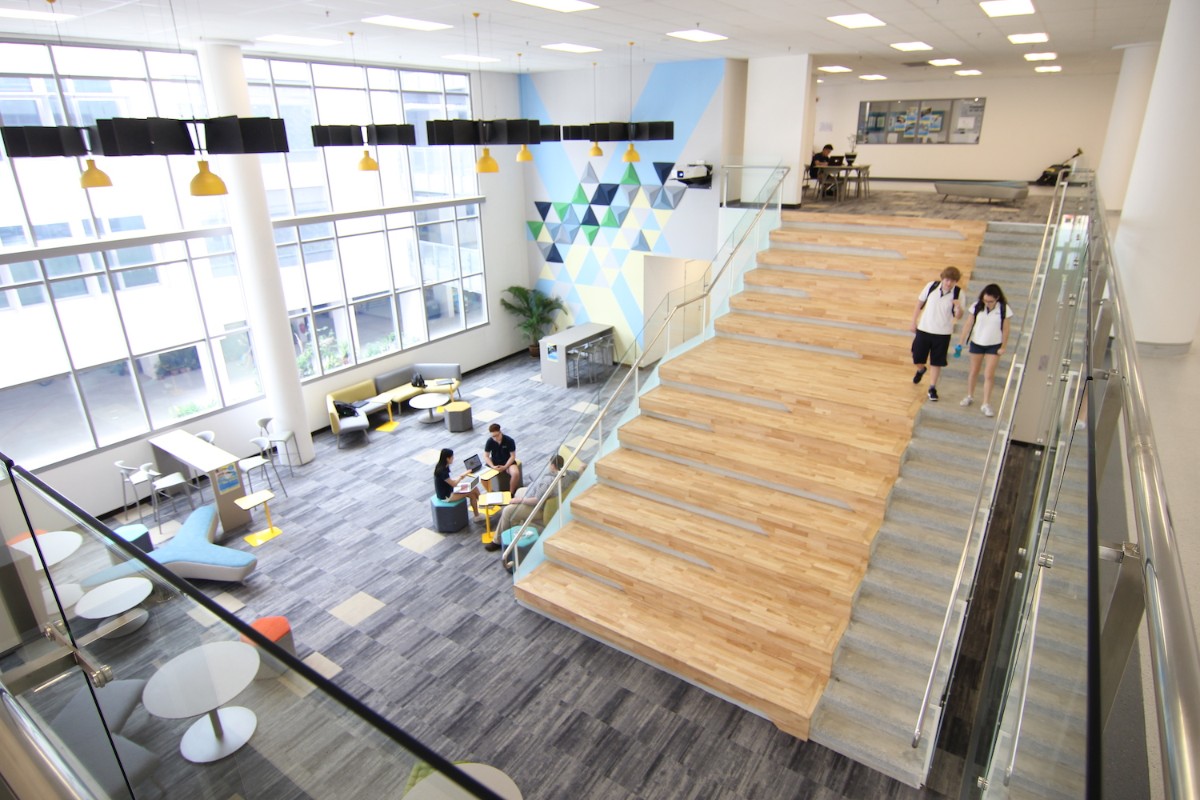
The emphasis on collaborative and creative learning continues throughout Middle and High School and is an essential component of ISKL’s academic curriculum. The Design Technology laboratory in Middle School is named “An Inventors Playground” to capture the essence of the growth mindset that encourages students to learn, create and innovate together. Again, outcomes in Middle School show the effectiveness of interdisciplinary learning in developing thinking strategies, teaching students to analyze information, synthesize input, and meaningfully reflect on their learning.
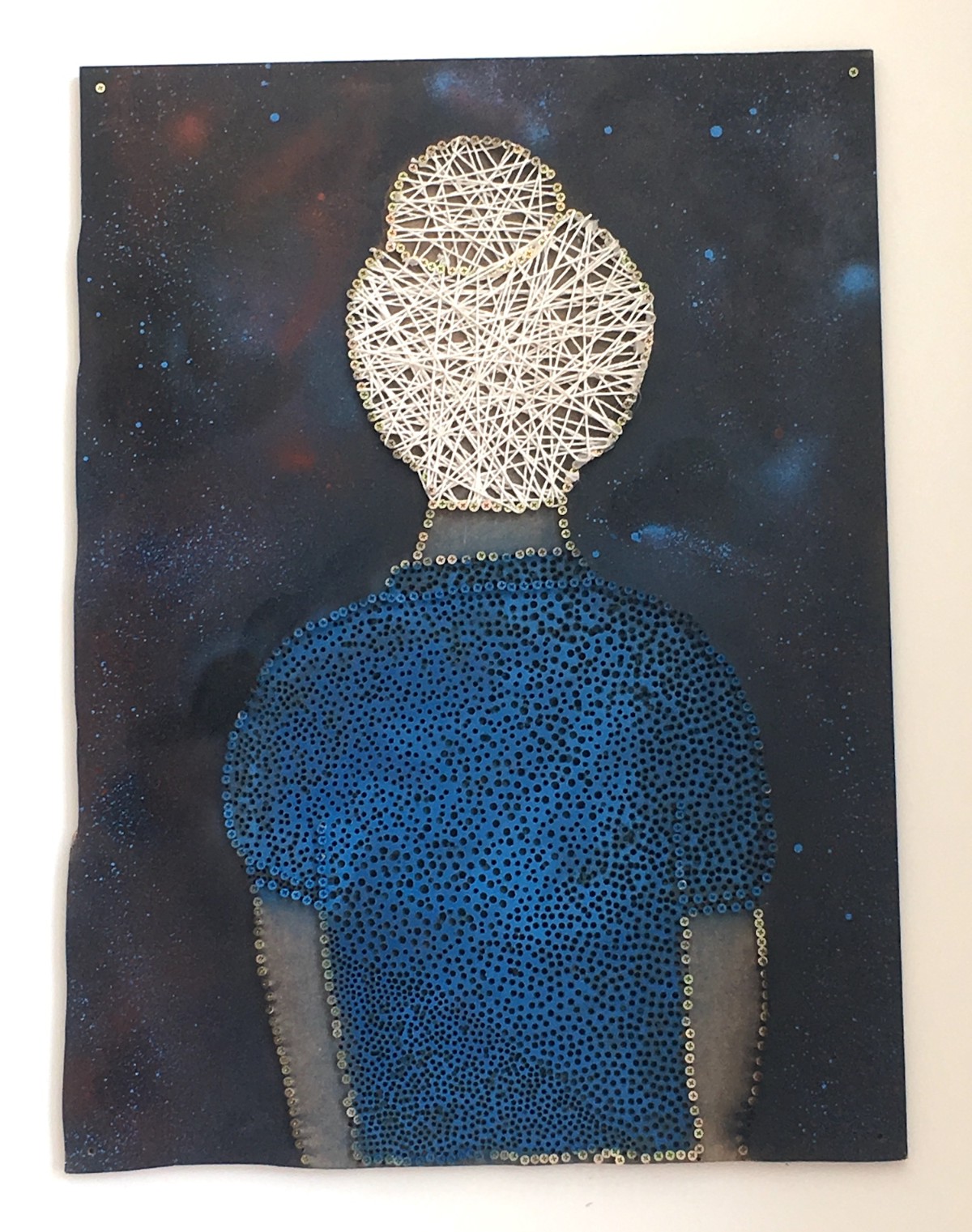
Unique commons spaces are also a key feature throughout the School. Purposefully designed for each division, the spaces include separate common areas for specific subjects including world language, social studies, science, and art. The goal of the common spaces is to facilitate learning and interaction outside the classroom and ensure students and faculty are supported no matter how they prefer to research, work, and learn. This approach to collaborative learning is particularly important for High School Students as it builds vital skill-sets needed for success at university.
We encourage current and prospective families alike to come see these unique learning spaces in action!
